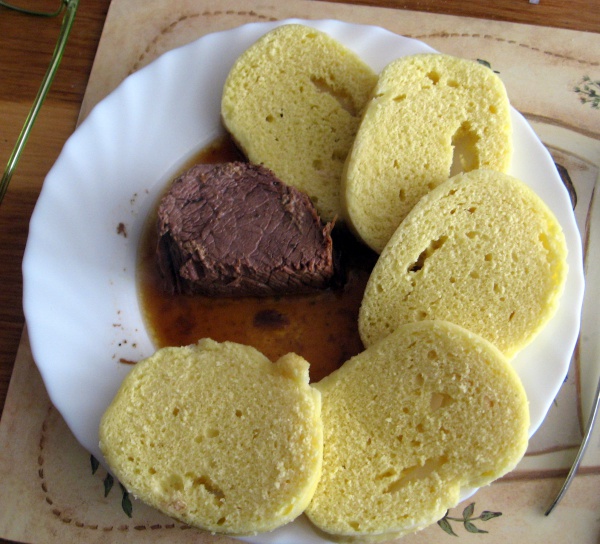Facts About Knödel
Knödel, also known as Klöße, are delightful boiled dumplings that are a cornerstone of Central and Eastern European cuisine. You'll encounter them in countries such as Austria, Germany, Hungary, Poland, Serbia, Croatia, Slovenia, Slovakia, and the Czech Republic. These versatile dumplings, made from ingredients like flour, bread, or potatoes, can be enjoyed in a multitude of ways—whether as a side dish, a dessert (like plum dumplings), or even in soups. Each region adds its own distinctive twist to Knödel.
The term "Knödel" is derived from the Latin word "nōdus" which means "knot." Depending on the locale, these dumplings might be referred to by various names, such as gombóc or knédli in Hungary, knedl(j)i or cmoki in Slovenia, and knedlíky in the Czech Republic.
Here are some notable types of Knödel:
- Leberknödel: Made with ground liver
- Kartoffelklöße: Typically made from potatoes
- Semmelknödel: Bread dumplings
- Thüringer Klöße: A regional delicacy
- Plum Dumplings: A sweet variant
- Topfenknödel: Made with quark cheese
- Königsberger Klopse: A type of meatball
In Brazil, German immigrants have developed their own version of Klöße, using white rice, wheat flour, and eggs.
There are also similar dumplings in other cuisines, such as Matzah balls in Jewish cooking, Cepelinai in Lithuania, and Knedle in Poland. Special varieties like Marillenknödel (apricot dumplings) and Germknödel (filled with spiced powidl) hold a cherished place in Austrian cuisine.
Knödel have journeyed far and wide from their origins in Austrian, German, and Czech kitchens, gaining popularity across Europe. So, next time you crave some comfort food, give Knödel a try!

 Poland
Poland